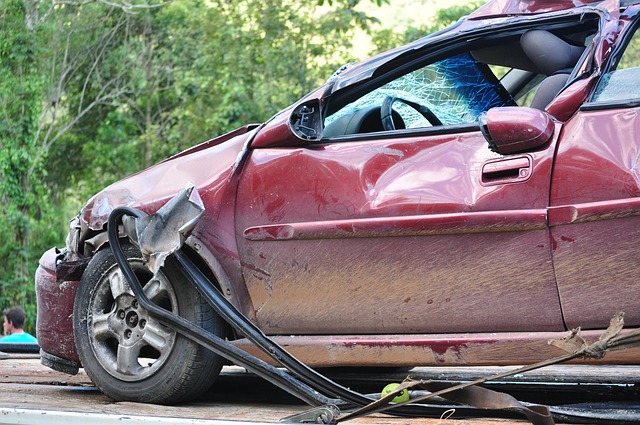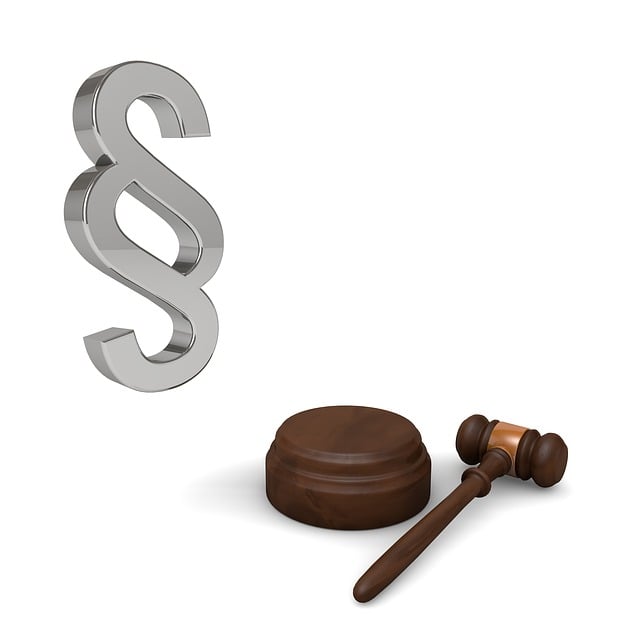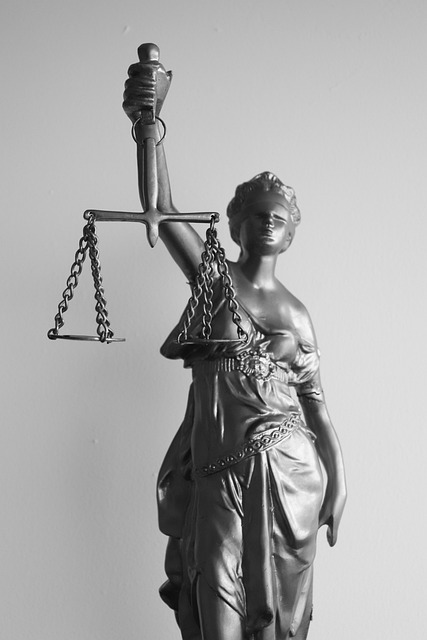Advocacy Groups Empower Bicycle Hit and Run Survivors

Bicycle hit-and-run incidents, a growing global concern, often result in severe injuries or fataliti…….
In the ever-evolving realm of transportation, bicycle hit and run (BH&R) has emerged as a game-changer, revolutionizing urban mobility and fostering a culture of active living. This phenomenon, involving the strategic integration of bicycles into existing transportation networks, aims to provide efficient, eco-friendly, and accessible options for commuters and leisure seekers alike. In this comprehensive article, we will embark on a journey through the various facets of BH&R, exploring its definition, global reach, economic implications, technological innovations, regulatory frameworks, challenges, and the potential it holds for shaping sustainable futures.
Definition:
Bicycle hit and run, in its essence, is a transport system designed to seamlessly incorporate bicycles into the existing urban infrastructure, enabling them to share road space with motor vehicles effectively and safely. It involves a network of designated bike lanes, routes, parking facilities, and other supportive infrastructure that facilitates cycling as a viable daily commute or recreational activity.
Key Components:
Historical Context:
The concept of BH&R has its roots in the late 20th century when cities worldwide began recognizing the environmental and health benefits of cycling. Pioneering cities like Amsterdam and Copenhagen led the way by implementing comprehensive bike-friendly infrastructure, setting a benchmark for global urban planning. Over time, as awareness grew, BH&R gained traction internationally, with more municipalities adopting similar strategies to combat traffic congestion, reduce emissions, and promote active transportation.
Significance:
BH&R plays a pivotal role in addressing urban mobility challenges by offering:
International Influence:
Bicycle hit and run has left its mark worldwide, with varying degrees of adoption and integration into urban planning. Cities in Europe, North America, Asia, and Australia have all embraced BH&R to different extents, each tailoring solutions to their unique cultural and geographical contexts. For instance, Amsterdam’s extensive network of bike lanes and routes has become a global model, while cities like New York and Paris have made significant strides in recent years, implementing comprehensive plans to increase cycling rates.
Regional Trends:
Impact on Urban Planning:
The global adoption of BH&R has influenced urban planning practices:
Market Dynamics:
The BH&R market is a dynamic sector within the broader transportation industry. Key drivers include:
Investment Patterns:
Cities invest significantly in BH&R infrastructure, recognizing long-term economic benefits:
Role in Economic Systems:
Bicycle hit and run contributes to economic systems in multiple ways:
Smart Infrastructure:
One of the most significant technological trends in BH&R is the implementation of smart infrastructure. This includes:
Electric Bikes (E-Bikes):
The rise of e-bikes has revolutionized cycling by providing assisted pedaling, making it easier for commuters to cover longer distances. E-bike sharing programs are gaining popularity, offering affordable and convenient transportation options in cities worldwide.
Navigation and Mapping Apps:
Advanced navigation apps, designed specifically for cyclists, provide turn-by-turn directions, real-time traffic updates, and route planning, enhancing the overall cycling experience. These apps often integrate with smart bikes, offering a seamless digital connection.
Data Analytics:
Cities are leveraging data analytics to gain insights into cycling patterns, identify congestion hotspots, and optimize BH&R networks accordingly. This data-driven approach ensures that infrastructure investments are targeted and effective.
Key Policies and Frameworks:
International Agreements:
Global initiatives like the United Nations’ Sustainable Development Goals (SDGs) have recognized the importance of cycling for sustainable cities, prompting countries to prioritize BH&R in their infrastructure plans.
Local Government Actions:
Municipalities play a crucial role in implementing policies:
Main Challenges:
Criticisms and Solutions:
Case Study 1: Amsterdam, Netherlands
Amsterdam’s cycling culture is renowned worldwide. The city boasts an extensive network of dedicated bike lanes, traffic-calming measures, and a robust bike-sharing system. As a result, cycling accounts for over 60% of daily commutes within the city center, making it a model for successful BH&R implementation.
Key Factors:
Lessons Learned:
Case Study 2: Copenhagen, Denmark
Copenhagen’s “Cykelstaden” (Cycle City) initiative has made it one of the most bike-friendly cities globally. The city offers an extensive network of protected bike lanes, free bike borrowing, and innovative parking solutions. As a result, cycling is deeply ingrained in Copenhagen’s culture and daily life.
Strategic Moves:
Key Takeaways:
Emerging Trends:
Growth Areas:
Strategic Considerations:
Bicycle hit and run has emerged as a powerful tool for sustainable urban planning, offering a holistic approach to addressing traffic congestion, environmental concerns, and public health issues. Its global impact is evident in the diverse range of cities that have embraced cycling as a vital component of their transport systems. From Amsterdam’s iconic cycling culture to Copenhagen’s integrated smart city infrastructure, each success story contributes to a richer understanding of BH&R’s potential.
As we look towards the future, the continuous evolution of technology and growing global awareness of sustainability present immense opportunities for BH&R. By addressing challenges through innovative solutions, policymakers, and urban planners can unlock the full potential of cycling as a viable, efficient, and environmentally friendly mode of transport. The comprehensive adoption of BH&R is not just about improving urban mobility; it is a step towards creating healthier, more livable cities worldwide.
Q1: Is cycling safer than driving?
Cycling can be safe when proper infrastructure and safety measures are in place. Many studies show that well-designed BH&R networks reduce collision risks and enhance cyclist visibility. However, individual precautions, such as wearing protective gear and following traffic rules, are essential for safety.
Q2: How does cycling impact the environment?
Cycling is an eco-friendly mode of transport, producing zero emissions and reducing carbon footprints. By encouraging cycling, cities can decrease overall vehicle emissions, contributing to cleaner air and mitigating climate change.
Q3: Can BH&R networks handle heavy traffic loads?
Effective BH&R systems are designed to manage traffic flow efficiently. Traffic signal optimization, dedicated lanes, and real-time data analytics ensure smooth transportation for all users, including cyclists, drivers, and public transport.
Q4: Are e-bikes a viable alternative to traditional cycling?
E-bikes offer assisted pedaling, making long-distance or hilly terrain more accessible. They are particularly beneficial for commuters who need to cover larger distances. However, traditional bikes remain suitable for shorter trips and maintain the health benefits of unassisted cycling.
Q5: How can I contribute to promoting cycling in my city?
You can advocate for cycling by contacting local representatives, participating in community planning meetings, and supporting cycling-friendly initiatives. Using social media to share positive experiences and organizing local cycling events can also raise awareness and encourage others to embrace cycling.

Bicycle hit-and-run incidents, a growing global concern, often result in severe injuries or fataliti…….

After a bicycle hit-and-run incident, swift action is crucial. Document the scene with photos of dam…….

Advocacy groups are vital in supporting victims and seeking justice in bicycle hit and run incidents…….

Bicycle hit-and-run incidents are rising in urban areas due to unsafe conditions caused by heavy tra…….

Bicycle hit-and-run incidents are on the rise, prompting advocacy groups to push for driver educatio…….

Global rise in bicycle hit-and-run incidents, driven by increasing cyclist numbers, lack of infrastr…….

Bicycle hit-and-run accidents, where drivers intentionally evade responsibility, cause severe injuri…….

After a bicycle hit-and-run crash, immediate action is crucial. Ensure safety, document the scene wi…….

In bicycle hit-and-run incidents, assessing injuries is vital for immediate emergency care. Cyclists…….

After a bicycle hit-and-run, documenting key information is crucial for your safety and legal protec…….